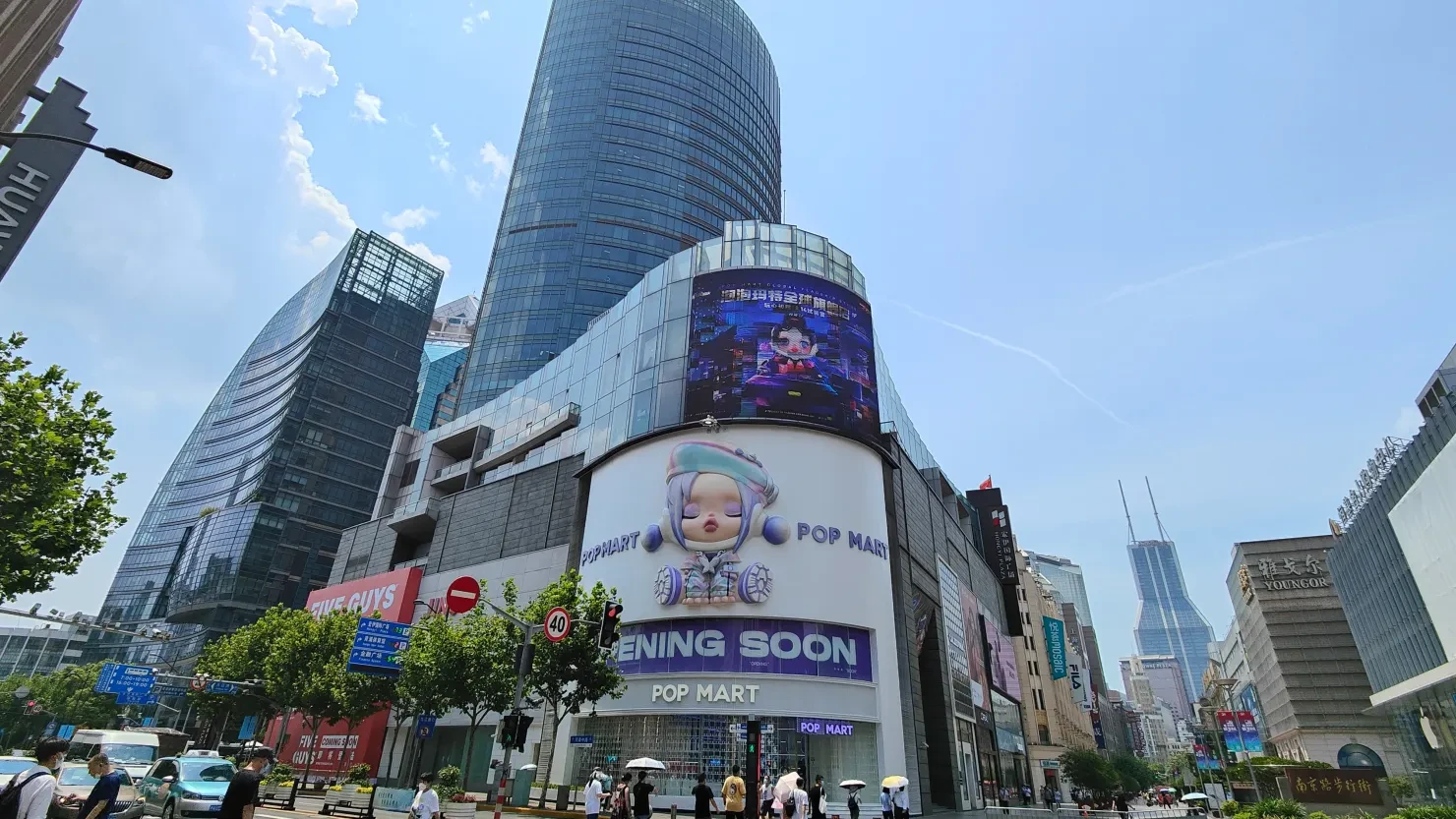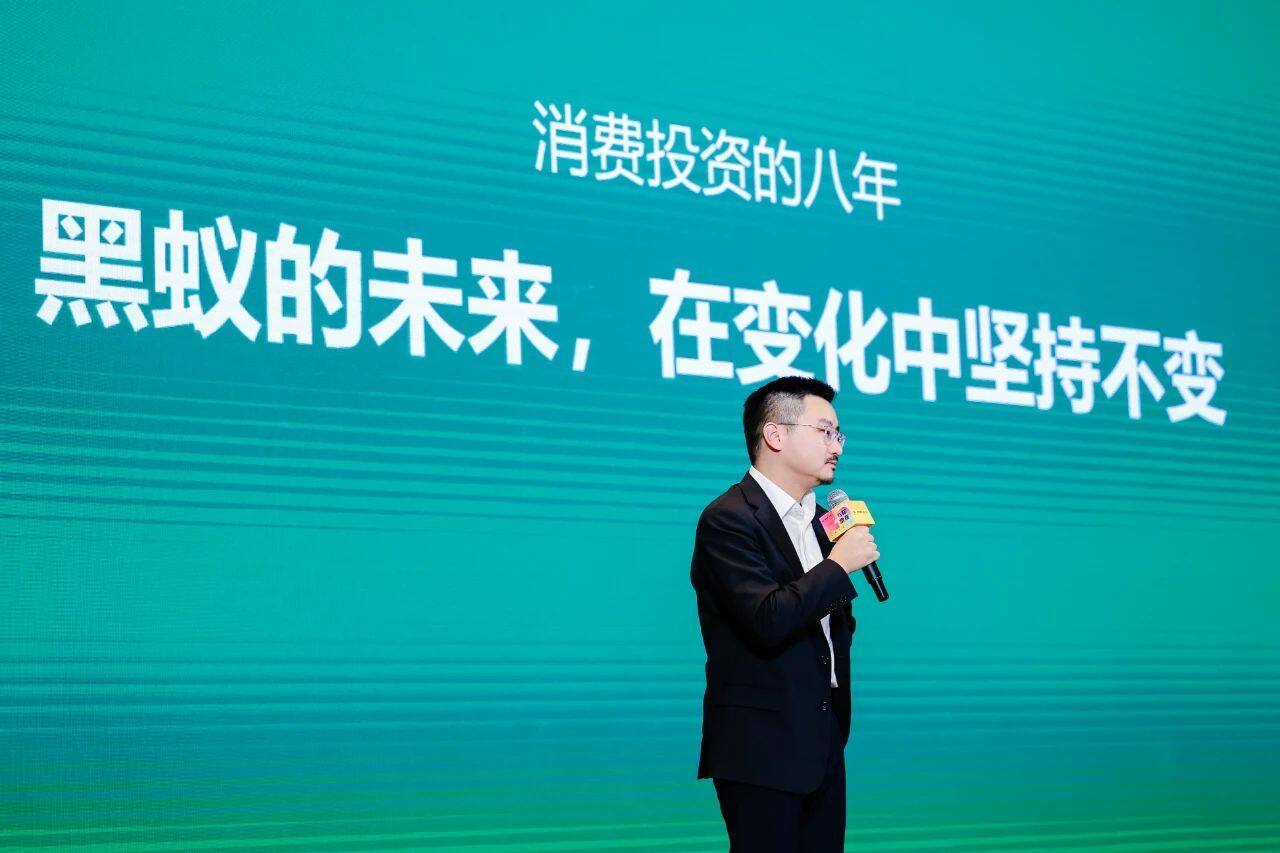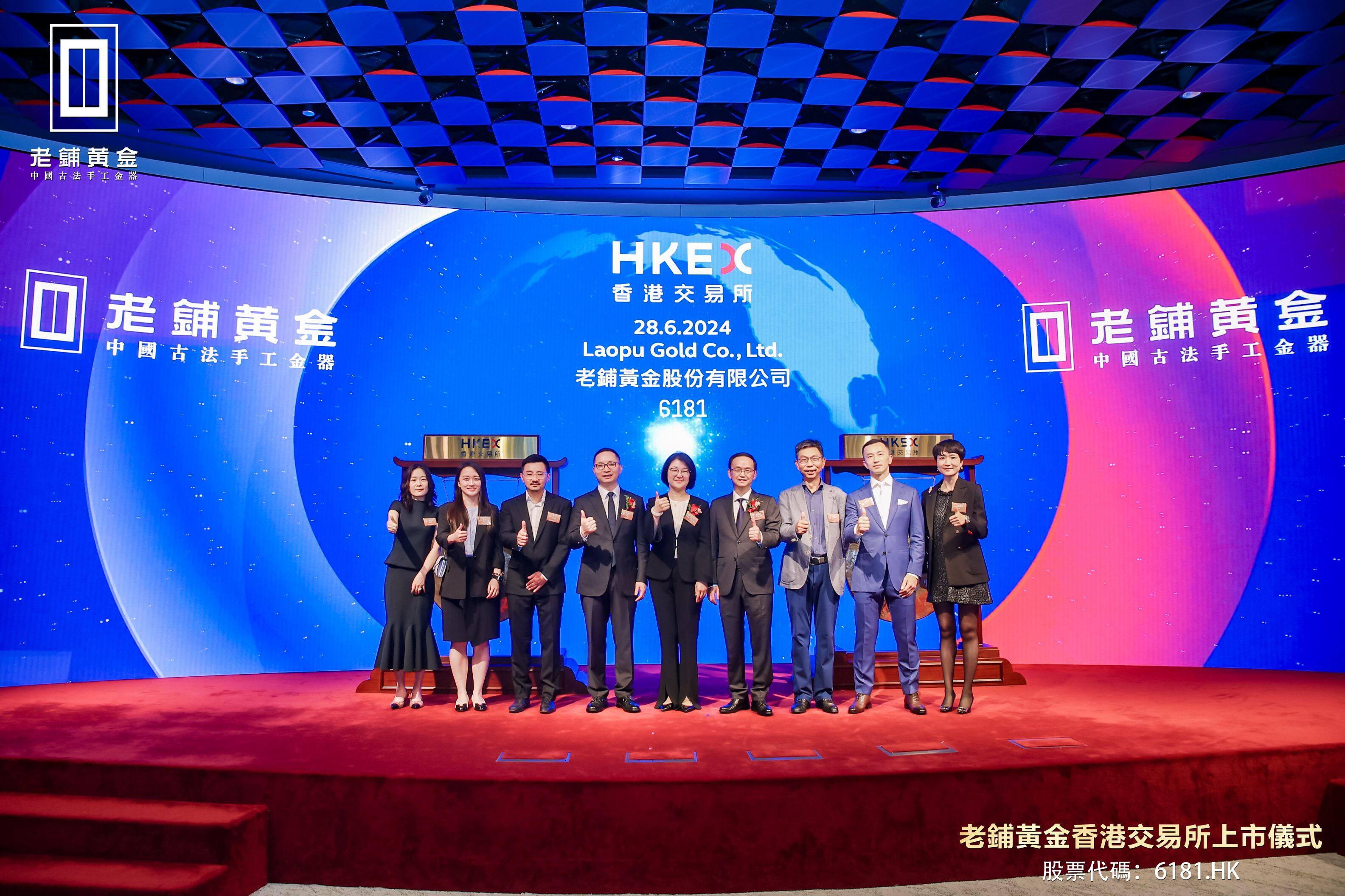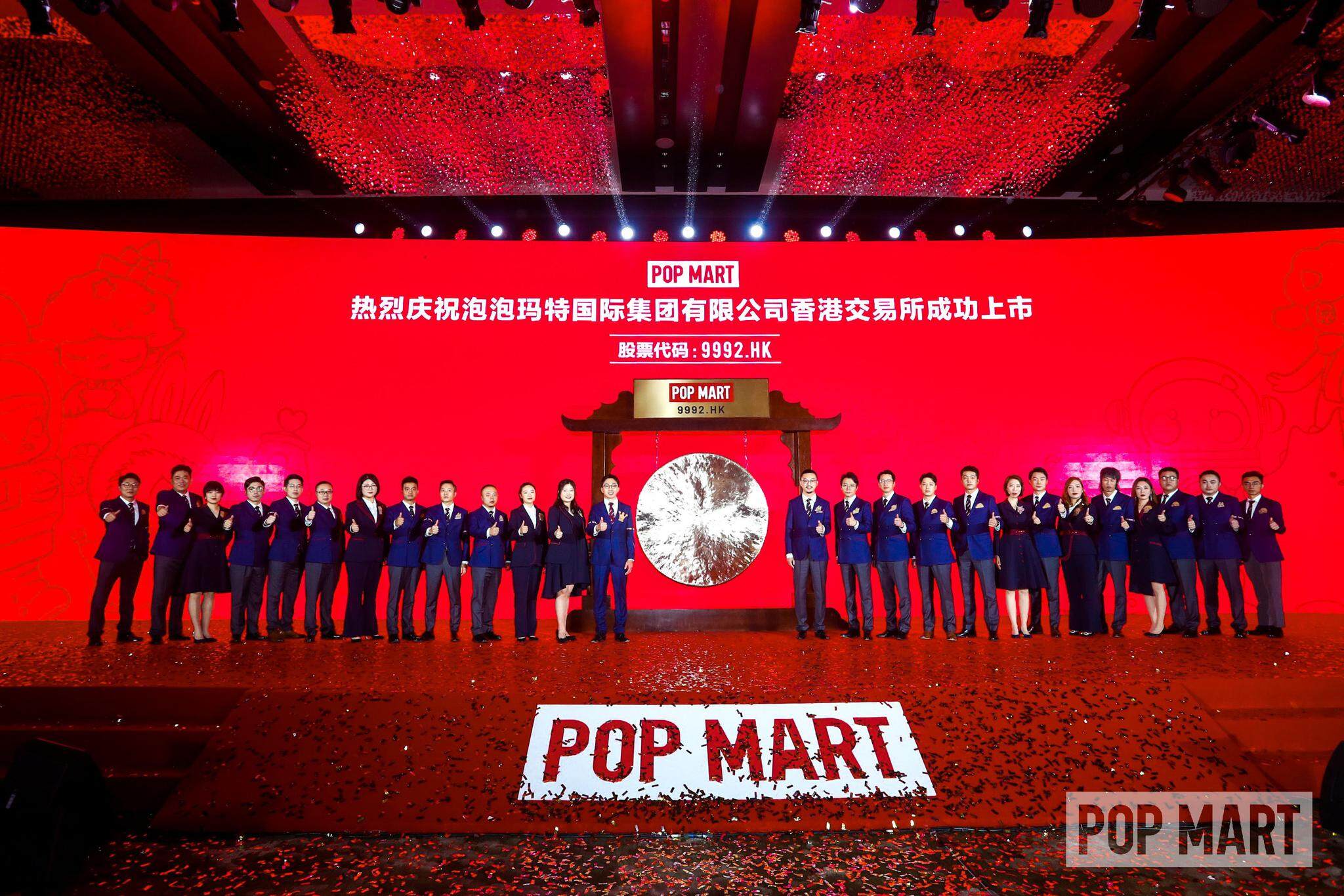In June 2023, BA Capital hosted the "Seeing the Future of Consumption" Summit in Xiamen, gathering 350 entrepreneurs, investors, economists, and industry leaders for a vibrant exchange of ideas. Highlights from the event are as follows:
Xiamen: A City of Innovation and Opportunity

Xiamen offers a dynamic entrepreneurial environment, ranking third nationwide in public service satisfaction and setting national benchmarks across 18 business environment indicators. Sixty-four Fortune 500 companies have invested in 115 projects in Xiamen. The city is developing a "4+4+6" modern industrial system, with commerce and trade as a key sector. In 2022, Xiamen ranked fifth nationally in per capita consumption. Brands like Luckin Coffee, Yinlu Foods, Anjoy Foods, Panpan Foods, Genki Forest, Pupu Supermarket, Yuan Chu Foods, and Jianfu Convenience Stores have all grown successfully in Xiamen. The city aims to become a regional international consumption center.
China: A Fertile Ground for Consumer Entrepreneurship and Investment

China’s vast market of 1.4 billion people and a $5 trillion economy provides the foundation for innovation. Strong supply chains, payment systems, logistics, and e-commerce infrastructures further enable growth. As Chinese companies like Pop Mart and UR expand internationally, China’s economic scale drives outbound opportunities.
Technology, efficiency, and content are the driving forces behind the structural transformation of the consumer sector.
In terms of technology, advanced manufacturing and intelligent technologies—such as algorithms and visual recognition—will inevitably be applied to the consumer space, ultimately driving industry-wide transformation. For example, the development of the chemical industry gave rise to skincare products, and synthetic biology from companies like Giant Biogene is expected to further revolutionize the skincare segment.
Efficiency has three key dimensions: supply chain efficiency, channel efficiency, and operational efficiency. Upgrading the supply chain helps companies better handle raw materials such as beef. Channel upgrades allow for more cost-effective and convenient customer acquisition, optimizing the cost structure. Yuanji Yun Jiao is a representative example—they have spent over a decade refining each operational link, achieving cost optimization, improved labor efficiency, and innovation in their business model.
On the content front, BA Capital focuses on trends such as IP-driven consumption, experiential consumption, and the opportunities arising from Chinese consumers’ growing sense of national pride. As the economy grows, cultural confidence among Chinese consumers is bound to rise in parallel.
As long as society continues to progress, consumption will not downgrade.
It is a misconception to view consumers becoming more selective, preferring high-quality yet affordable products, or spending less in certain areas as signs of consumption downgrade. On the contrary, the values underlying consumer behavior are continuously evolving—people are placing greater emphasis on quality and lifestyle, and on products aligned with their worldview and values. These elements are increasingly integrated into the consumption experience.
The Chinese market is large enough and filled with opportunities; the key lies in identifying the right entry point. Going forward, BA Capital will continue to invest in companies that genuinely create value for users and will firmly support entrepreneurs.
The Singularity Approaches: Intelligent Technology Shapes the Future of Consumption

In China, the retail and consumer sectors are highly digitized. Many companies began working with big data at an early stage, accumulating vast data reserves that now provide fertile ground for the implementation of intelligent solutions.
Looking ahead, intelligent technologies will profoundly reshape retail and consumption in four ways: customer-facing advertising and marketing; data-driven decision-making within enterprises; improved operational efficiency; and enhanced user experiences, enabling consumers to enjoy better shopping journeys.
Take our collaboration with large supermarket chains as an example: intelligent applications help standardize processes and management from the ground up. By embedding the full range of store data and processes into smart systems—ranging from company-wide frameworks down to specific practices like how a new store handles vegetable procurement and shelf management—we are able to drive efficiency across the board.
M Stand: A New Path for Boutique Coffee Chains
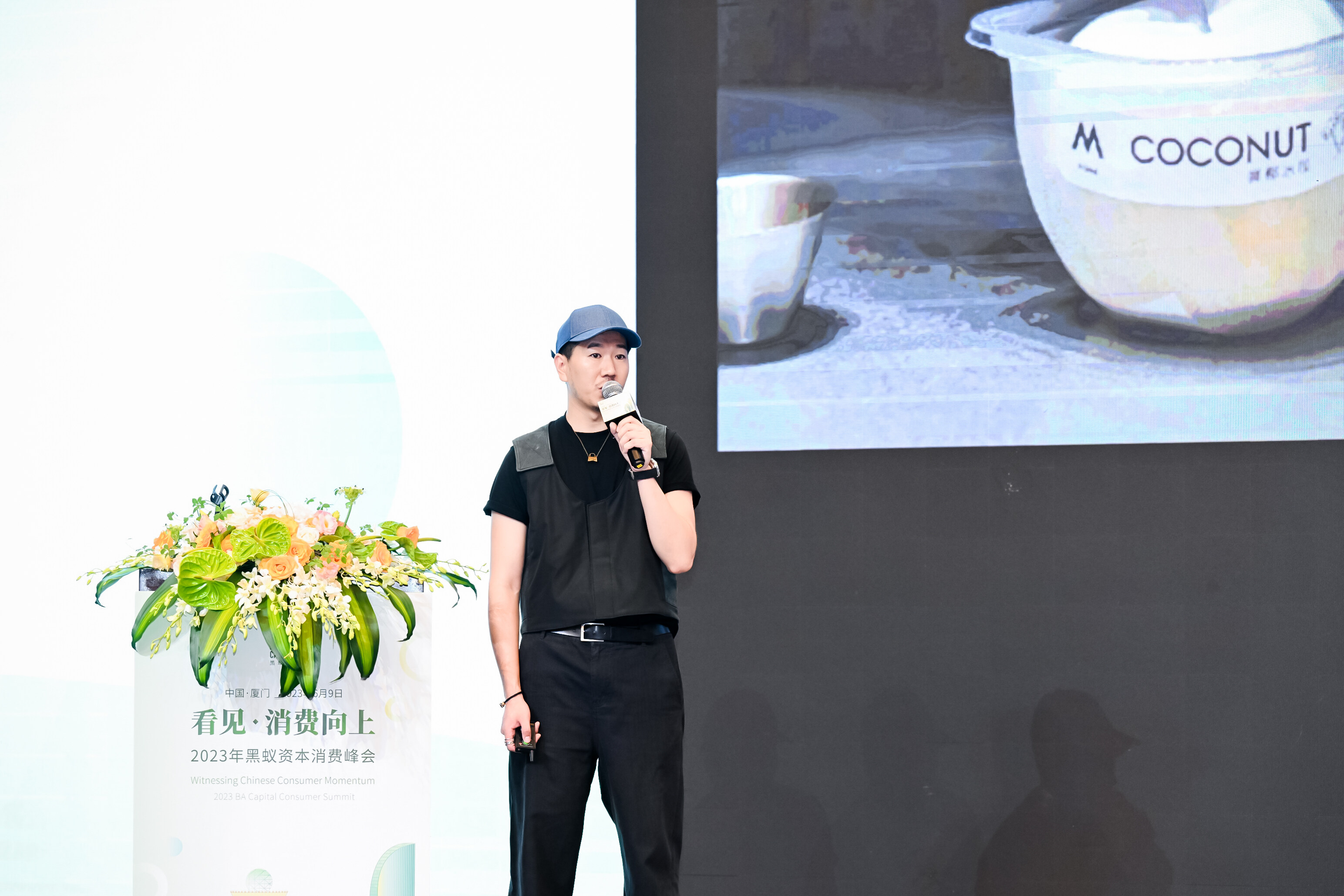
In my view, the first challenge for any new brand or store is to spark consumer interest and translate that into brand value. At M Stand, we’ve always emphasized “design”—our “one store, one design” philosophy sets us apart and defines our unique brand tone and value.
In recent years, M Stand has also been evolving. To build an influential brand, great products alone are not enough—we also focus on system development. This includes establishing internal management teams and processes, building scalable growth systems, and continuously optimizing both front- and back-end operations. These are the efforts behind the great products we deliver.
Beyond product and store innovation, we’re constantly experimenting. Over the past two years, we’ve launched T-shirts, hoodies, even tennis gear and hand soap. We’ve also organized small, high-quality offline lifestyle events like frisbee and cycling meetups. For our tennis collection, we created 2,000 limited gift boxes, which sold out in just two hours. This illustrates the value of strong content and creativity.
From Scratch: How Technology Is Creating a New Beauty Ecosystem

The current phase of raw material development in the beauty industry is marked by the application of synthetic biology: optimizing existing ingredients, developing new ones, and achieving large-scale industrialization. On one hand, synthetic biology is more environmentally friendly and sustainable, enhancing production efficiency and reducing cost structures through fundamental innovation. On the other, it enables the creation of novel ingredients that traditional chemical methods cannot produce, making it possible to design targeted solutions for specific skin concerns.
Looking ahead, the beauty industry will move toward greater refinement, personalization, and sustainability, as every individual has unique skin types, diets, and environments. Delivering safe, effective, and personalized skincare products—tailored to each consumer—is the direction our R&D team has pursued for over two decades and will continue to invest in.
We also observe that consumer awareness around skincare ingredients is steadily rising. Only companies with deep consumer insight and strong foundations in research and technology will be able to break through. Biotech innovation is the path toward unlocking high-value growth.
Riding the Wave: Digital Transformation of UR’s Supply Chain

For fast fashion brands, supply chain capabilities are even more critical than for traditional brands—they must be flexible and lightning-fast. From the outset, UR set a clear strategy: Fashion UR, Tech UR. We have continuously pursued digitization, visualization, and intelligent systems.
In product planning, we use past data, future goals, and store and market dynamics for real-time smart adjustments. In design, we’ve built a material library based on garment components—collars, cuts, fabrics—to boost efficiency. With visual design and digital pattern-making, we ensure creative aesthetics are executed with precision.
By 2023, UR had over 400 stores nationwide. Through store-level analytics and intelligent product allocation, we’ve achieved tailored strategies and assortments for each store. When a particular item performs exceptionally well, our suppliers can complete preparations—processes, fabrics, and trims—within 4 hours, and full production in just 6 days.
Over the past five years, we've built a relatively advanced system in the industry, significantly improving launch frequency, energy efficiency, and fabric turnover. Reorder cycles have been dramatically shortened. I believe every company in the future will be a “tech” company, and every business must take technology and digitization seriously.
Why are Snack Chain Stores Built for 10,000+ Locations?
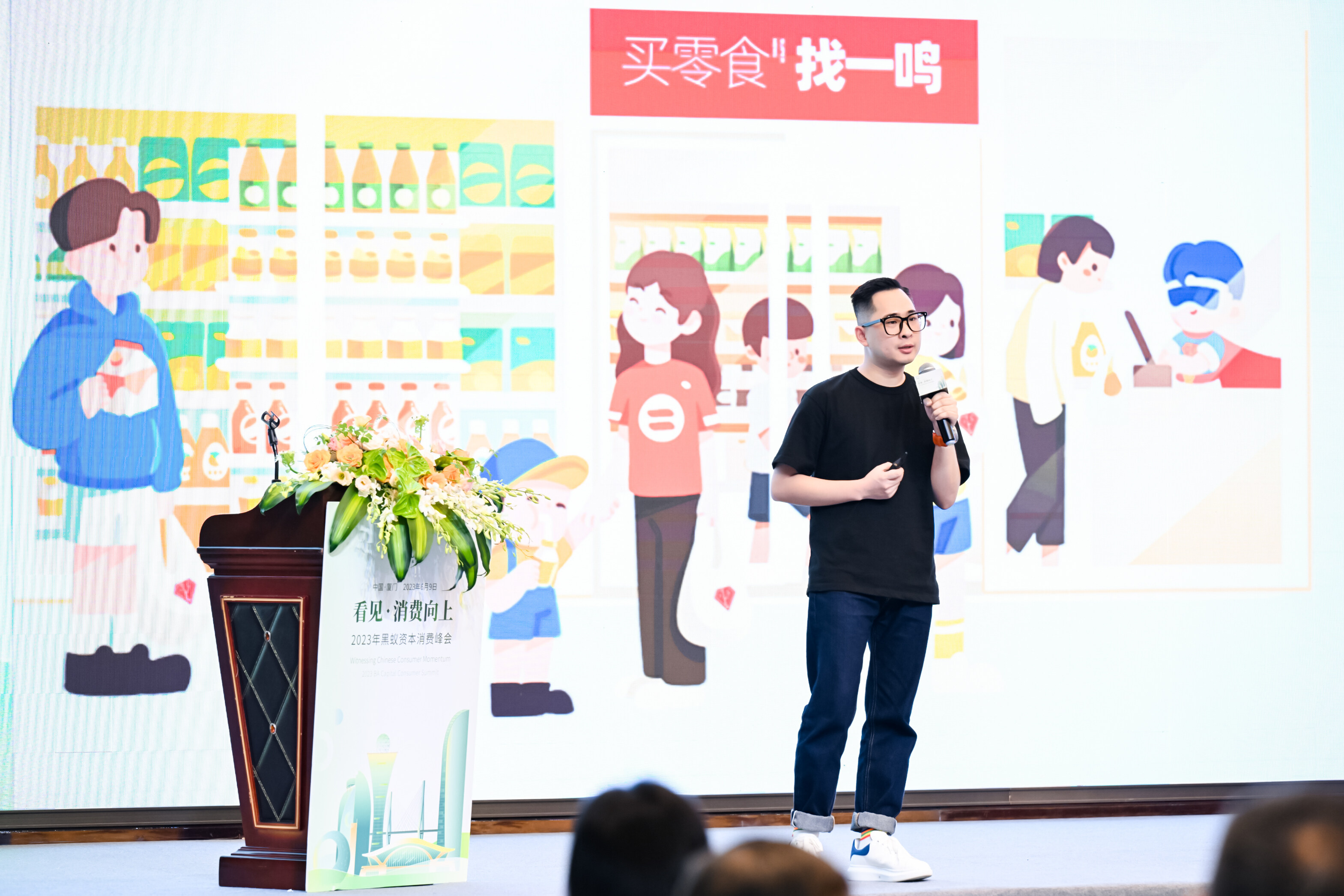
In June 2024, Busy Ming Group became the first snack chain brand in China to surpass 10,000 stores. At the 2023 BA Capital Consumer Summit, founder Zhao Ding shared why snack multi-brand stores are inherently scalable. Below is a summary of his talk:
We focus on lower-tier cities. About 1.2 billion people live in these markets, which account for approximately 80% of China’s retail spending. According to MSCI Consulting, these markets represent a RMB 17 trillion retail opportunity. Our core strategy is cost leadership—offering low prices by optimizing total cost.
Traditionally, goods travel from manufacturers through several layers—brand owners, primary and secondary distributors, and retail endpoints like mom-and-pop stores or mid-sized supermarkets—each adding markup. We reduce these layers and keep the markup to just 0.6x. A product that costs RMB 1 at source reaches the consumer for RMB 1.6—making our offering naturally appealing.
To boost efficiency, we focus on three areas. The first is by reducing distribution layers. The second is using centralized warehousing and logistics, achieving fulfillment efficiency several times greater than traditional distributors. The third is the use of data-driven procurement, reducing warehouse turnover to 9 days and in-store turnover to 15 days—among the best in retail
From a consumer perspective, customers choose Super Ming products for a “more, faster, cheaper, better, closer” experience:
More: E-commerce platforms may have many products, but users must click individually to order. Compared with convenience stores, mom-and-pop stores, and supermarkets, our stores offer 1,700 SKUs within 150 square meters. Offering more SKUs in food-only categories makes our product range significantly richer.
Faster: Consumers in lower-tier markets have high expectations for product updates. We’ve achieved extremely fast product updates—100 new products per month and over 1,000 new products annually. This is closely tied to the rapid development of the food industry.
Cheaper: By streamlining the supply chain and improving efficiency, we can genuinely help ordinary people save money.
Better: In lower-tier markets, consumers have more leisure time. We provide a great experience space. Our stores are larger, the shopping experience is better, and customers stay longer. For example, since 30% of our customers shop with children, we make our aisles wider, and our shelves have rounded corners—these are our efforts to improve the consumer experience in every scenario.
Closer: We open stores right outside residential communities, the closest possible locations in lower-tier markets. Our loyalty members visit twice a week on average, and some visit eight times a month.
The 10,000-store DNA of Chinese chain brands includes several elements:
First is excelling in lower-tier markets and using a franchise model. We rely on franchisees’ social resources. To find the right franchisees, we only choose 1 out of every 100 inquiry calls.
Second is having an excellent single-store model. We spent about 18 months refining a single store—from product structure, site selection, and franchisee selection to the full development of the store’s role in the entire chain. We even spent a lot of time on shelf research and store layout.
Third is having a relatively low average transaction value; high cost-effectiveness is key to entering lower-tier markets.
Fourth is large market scale. Snack variety stores are used frequently.
It also includes extreme standardization. Only with a standardized system can a brand become a 10,000-store chain.
There are about 2,000 counties in China, which form the main living space for our stores. In Wanzai County under Yichun, with a population of only 400,000, we have opened 13 stores. This data shows that we can indeed open many stores.
Most of China’s population is in lower-tier markets. As retail terminals for industrialized food, snack variety stores have the potential to become the infrastructure for mass consumption in China.




